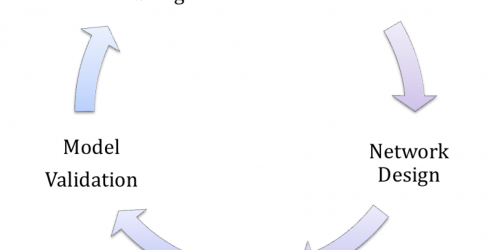“Bad Data, Bad Network, or: How to Create the Right Dataset for Your Application,” a Presentation from AMD
Mike Schmit, Director of Software Engineering for computer vision and machine learning at AMD, presents the “Bad Data, Bad Network, or: How to Create the Right Dataset for Your Application” tutorial at the May 2018 Embedded Vision Summit. When training deep neural networks, having the right training data is key. In this talk, Schmit explores […]


